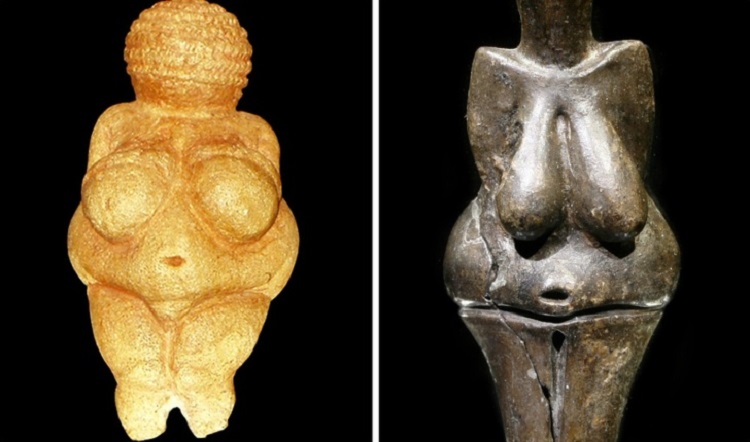If you look at all the beauty trends and advertisements today promoting all the ways that women could, and should, slim down, you’d never think that the opposite was actually true even up to less than a century ago.
From a medical perspective, there are definite health benefits to being slim. Being obese affects not just how one looks at oneself but also impacts heart health as well as the risk of other diseases such as diabetes.
So what influenced how people in the past looked at women and found them beautiful? There are several interesting factors.
In the ancient world, famine was a very real danger and the modern production and distribution of food weren’t even a concept so people often went hungry. Meals were either skipped or not enough food was on the table to truly feel full.
This is why women with large breasts, wide hips, and a big belly were seen as a sign of fertility and sensuality. Women with more fat were seen as having a bigger chance of giving birth to a healthy baby and having the capacity to feed them.
In fact, research has shown that when feeling hungry, even modern males find bigger women more attractive.
The Ancient Greeks idealized the perfection of the human body, so feminine statues were not given large breasts although they were not too slim, either.
Christianity in Medieval times popularized pale and emaciated faces to emphasize the virtues of fasting and abstinence. This changed during the Renaissance to show slim women having a visible tummy. This was the period that showed an awakening of interest in the human body and personality, so pregnancy was also depicted.
Hourglass-shaped bodies were seen as a sign of fertility. This ties in with the first point and the 16th century saw the introduction of corsets to highlight the hips and breasts of a woman by slimming down the waist.
Studies have discovered that large-breasted women with thin waists have high estradiol and those with sharply contrasting hips and waists have increased progesterone. The two aforementioned hormones are important for successful conception.
Things started to change in the 1920’s when feminism convinced more and more women to stop trying to please men. They also started wearing their hair short and didn’t put effort into enhancing their curves.
In the 1960’s, a teenaged girl named Twiggy became a fashion idol for young people and the idea of “thin is in” took firm root in people’s minds, especially in fashion. Androgynous features, boyish body shapes, and short hair became popular.
Women started to figuratively “tighten” themselves not with corsets but with diets and sports. Combined with increasing medical studies about the dangers of being overweight, the idea that women should be slim was reinforced even further.
With the explosion of social media in the 2010’s, plump body shapes have regained some popularity such as with Km Kardashian. However, modern men in general still prefer women with low body mass index.
Moving forward, it looks like the trend towards slim women is here to stay, for the following reasons:
- With Internet access becoming even more ubiquitous, even traditional societies such as Puerto Rico, Tanzania, and Samoa that have thought highly of plump women have been influenced enough to see plumpness as a negative. It’s different in rural areas but men who move to urbanized areas will display a change in preference soon enough.
ADVERTISEMENT - As more and more countries in the civilized world secure stable food supply, being plump will be associated with obesity rather than a sign of fertility.
- Fashion designers like skinny models because they look good no matter what they wear. And with the prevalence of advertising, it’s no surprise that people will get influenced to think in this way.
ADVERTISEMENT In fact, statistics have shown that the average teenage girl is exposed to 180 minutes of information from various media each day, as opposed to 10 minutes with their parents.
Either way, no one can doubt that being slim is the healthy way to go.
Recommended Video!
“Three Healthy Beverages Will Remove Extra Fat In Your Body This Summer”





